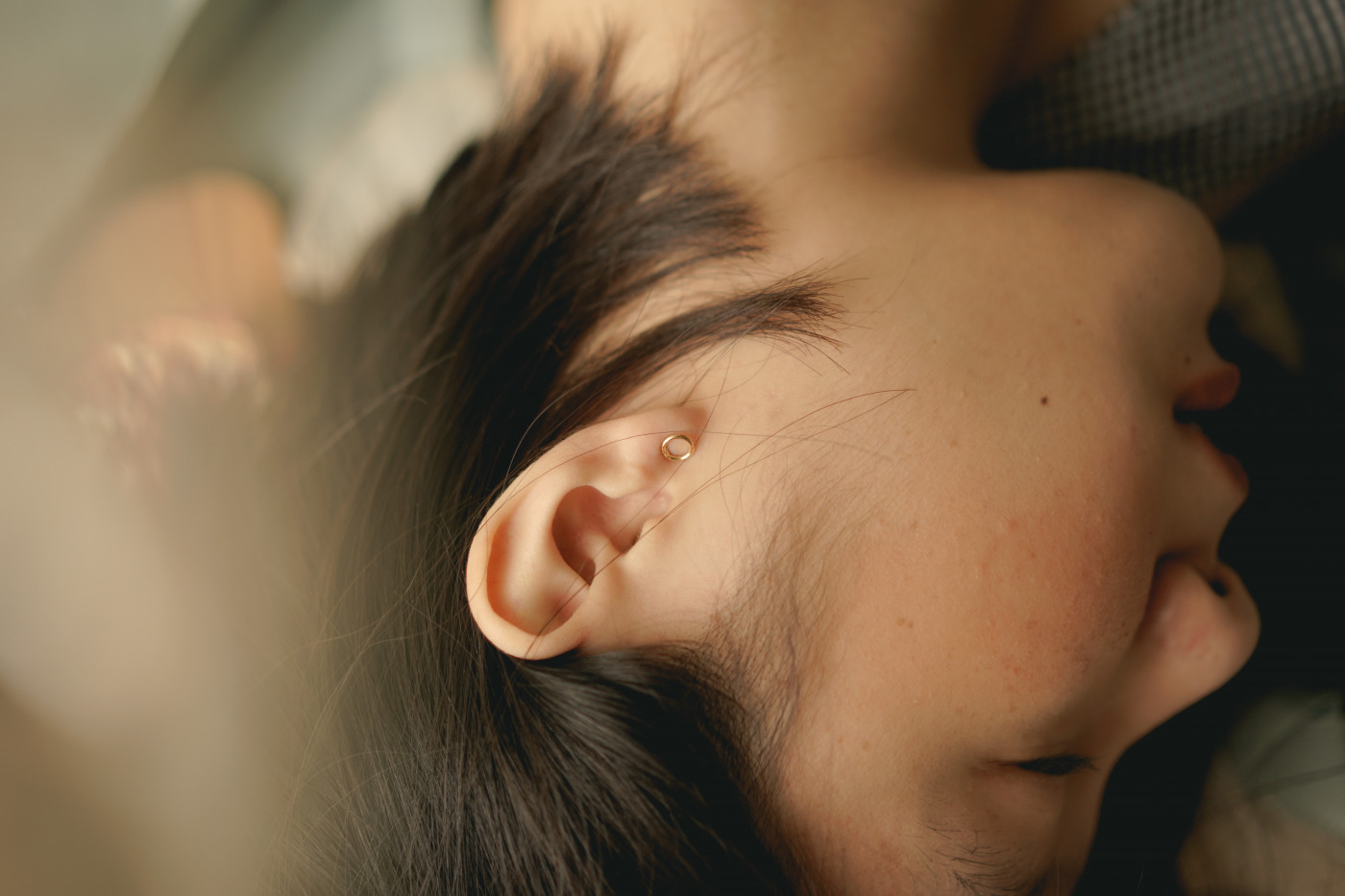Hearing Loss Common in Young Patients with Different Types of MPS Disorders, Study Says
Written by |

Mild to moderate hearing loss is common among children and young adults with different mucopolysaccharidosis (MPS) diseases, including Sanfilippo syndrome, a small study reports.
The study, “Audiometric evaluation in individuals with muco-polysaccharidosis,” appeared in the journal Clinics.
MPS disorders are identified by deficiencies in lysosomal enzymes involved in the degradation of large sugar molecules called glycosaminoglycans (GAGs).
There are seven different types of MPS, depending on which lysosomal enzyme is at fault. Sanfilippo syndrome, or MPS III, is characterized by a deficiency in the enzyme sulfamidase.
These are progressive conditions that involve several organs, such as the liver, spleen, heart, blood vessels, bone marrow, bones, lymph nodes, eyes, and ears.
Several studies have assessed hearing loss due to MPS, which can be conductive, when sound waves are blocked from passing through the ear canal; sensorineural, caused by problems in the ear’s sensory organ (cochlea); or mixed, a combination of both.
A previous study found that conductive hearing loss from MPS was the most prevalent type (63.6%), mainly due to a history of repeated otitis, or ear inflammation.
Another study found that hearing loss was common across all types of MPS, with “mixed hearing loss being more frequent, due to poor middle ear ventilation caused by obstruction of the auditory tube, and the presence of thick secretions in the middle ear,” the researchers of the current study said.
In the present study, these researchers from the Universidade Federal de São Paulo in Brazil studied a total of 53 MPS patients (60.4% males), ages 2 to 23 years, to assess their hearing levels (audiometric profile). Out of these patients, 21 were diagnosed with MPS type I, 12 with type II, one with type III, four with type IV, and 15 with type VI.
The authors believed it was important to “diagnose auditory alterations in MPS patients in all age groups, especially during early childhood, because otological infections can cause irreversible damage to hearing, delaying the child’s linguistic development.”
An assessment of the patients’ auditory abilities was chosen, based on age and ability to understand and follow the procedure.
Out of the 53 patients, 51 (96.2%) had mostly conductive hearing loss, 25 patients (47.2%) had lost their hearing in both ears, and five patients (9.4%) showed hearing loss in one ear.
Mixed hearing loss affecting both ears was present in 19 patients (35.8%), while five patients (9.4%) had mixed hearing loss in one ear.
Three patients had sensorineural hearing loss, two of them (3.8%) were affected in both ears, and the other (1.9%) had hearing loss in one ear.
Only two patients (3.8%) had hearing abilities within normal limits — one of them was diagnosed with MPS type IV, and the other with type VI.
In an analysis of the most common profiles, 11 patients diagnosed with MPS type I had mixed hearing loss, followed by nine patients with conductive loss. Nine patients diagnosed with MPS type VI had conductive loss, and the one patient with Sanfilippo syndrome had sensorineural loss in both ears.
Among the 51 patients with hearing loss, there was a high prevalence of mild hearing loss (37.3%), followed by moderate to severe hearing loss (36.3%), with a predominance of the conductive type (53.9%), followed by mixed hearing loss (42.2%).
These data “show the importance of audiological evaluations for children with MPS when the disease is diagnosed in the first years of life to minimize communication difficulties and delayed language development, due to sensory hearing loss caused by the high rate of otological infections or by decreased auditory sensitivity,” the researchers wrote.
“Multidisciplinary intervention can make the diagnosis as early as possible and initiate the most appropriate treatment, thus promoting a better quality of life for affected individuals,” they concluded.




